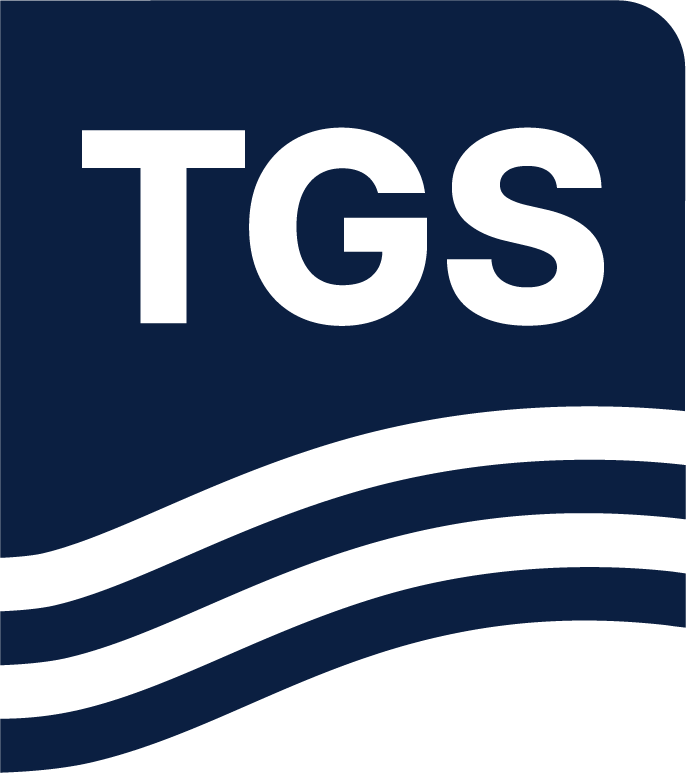Niobrara & Mowry Primed to Drive Production Increases
Earlier this month, the Bureau of Land Management reported no new significant impacts to ground water resources across 1.5 million acres in Converse County, potentially clearing the way for up to 5,000 new wells in the Powder River Basin (PRB). Following the announcement, renewed investment could reignite activity in promising “halo plays” in the legacy basin, with operators such as Continental stating that the PRB still has “several billion barrels of resources to be mobilized.” Earlier this month we focused on the gross production and basin-level economics of the existing and emerging plays in the PRB. This week, we will focus on the formation level performance metrics of the Niobrara and Mowry formations and their role in driving production growth in the basin. We also evaluate how completion efficiencies are driving lower breakeven costs, potentially attracting more investment in the basin in the years ahead.
Over the last five years, gross Powder River Basin production has increased by 14% to 345 MBOE/d, primarily driven by a 4-fold rise in combined Niobrara and Mowry production (Figure 1). As production has risen, operators have followed similar strategies as seen in mature unconventional basins to reduce well costs and maximize surface area––extend laterals and reduce completion materials while sacrificing some marginal performance. As we mentioned in our article earlier this month, some operators are already testing 3-mile laterals in the Niobrara, bringing the average lateral length up 7% since 2020 to just over 2 miles (Figure 2a). A more dramatic trend is present in the Mowry with a 41% increase in lateral lengths over the last five years, causing the average to also rise to 2 miles in length. Over the same period, estimated ultimate recovery (EUR) per foot of lateral length dropped nearly 23% for the gas component in Mowry wells and 42% in the oil component of Niobrara wells (Figure 2b).
Although EUR per foot of lateral length has decreased in Niobrara and Mowry wells over the last 5 years, the materials used in completions and produced water have also decreased, indicating more efficient completion techniques and targeting of the basin’s sweet spots. Since 2020, proppant per foot of lateral length and frac fluid per foot of lateral length have decreased by an average of 11% and 10%, respectively (Figure 3a). In the same time frame, EUR produced water per foot of lateral length has dropped by 50% (Figure 3b). Looking ahead, more investment could be on the way as 2025 permits are on track to surpass 2024 levels by 43%, potentially providing operators with more data on optimal drilling and completion strategies, dropping breakeven costs, and allowing the PRB to compete for capital in the future.
Using TGS Well Data Analytics, we were able to quickly evaluate performance metrics and completion parameters across formations. For more information about TGS Well Data Analytics or to schedule a demo, contact us at WDPSales@tgs.com.

Figure 1. Niobrara & Mowry producing wells in the Powder River Basin.

Figure 2. Niobrara & Mowry (a) lateral length and EUR per ft of lateral length (b) from 2020 to 2024.

Figure 3. Niobrara & Mowry proppant per ft of lateral length (a), frac fluid per ft of lateral length (b), and EUR produced water per foot of lateral length (c) from 2020 to 2024.


